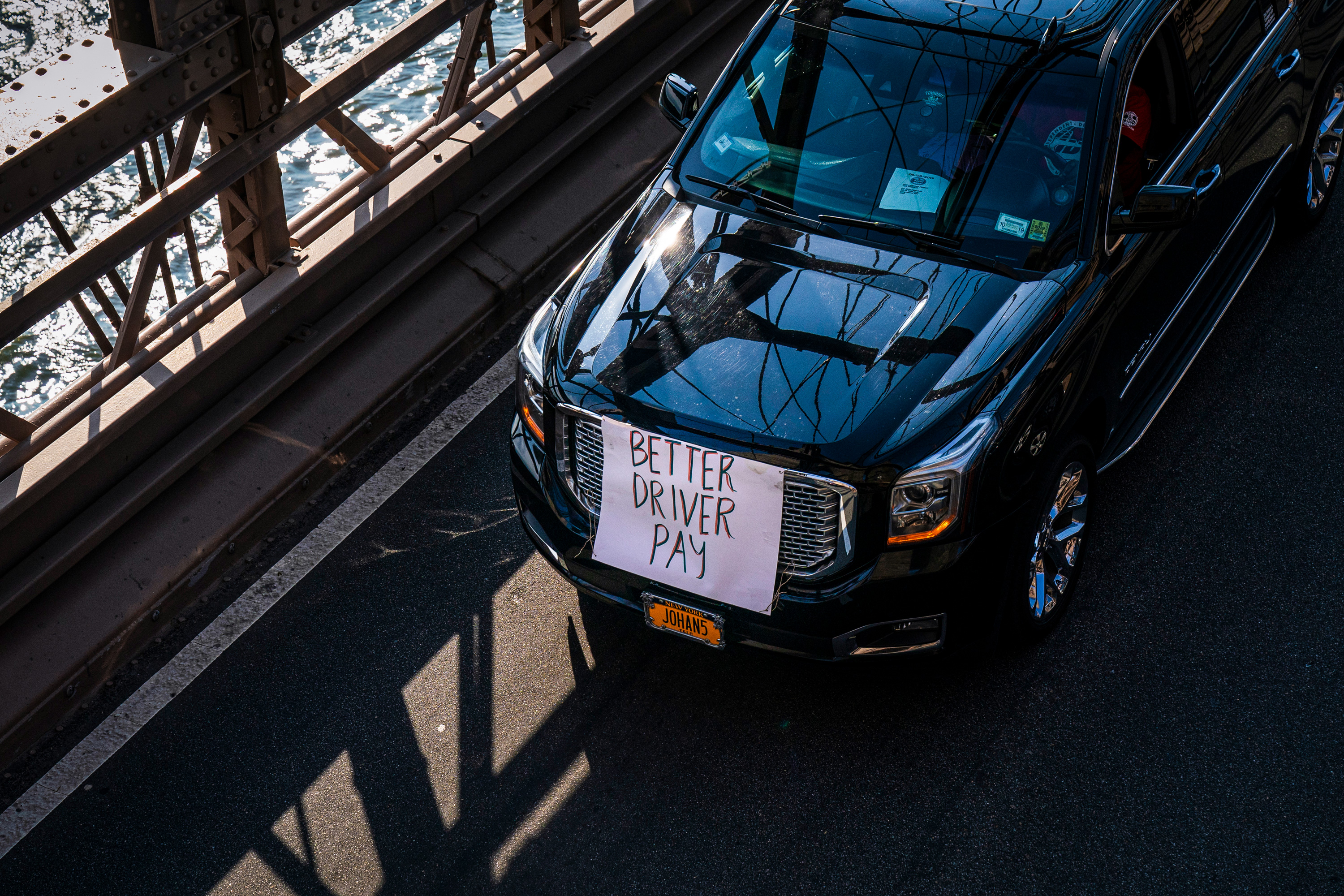More Americans than ever are turning to the so-called gig economy—providing services ranging from taxi services to grocery deliveries, often through digital platforms—either on the side or as a career.
The marketplace, however, is no longer the “subsidized fantasy land” it once was, one former gig worker says. An analyst described pursuing gig work as a career as “the biggest mistake of your life.”










